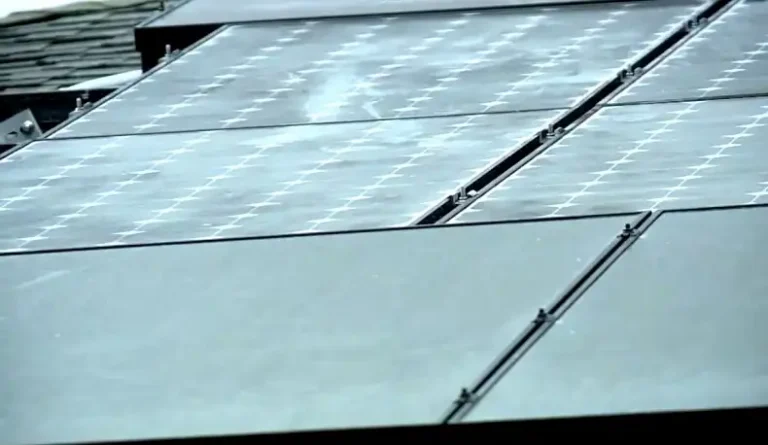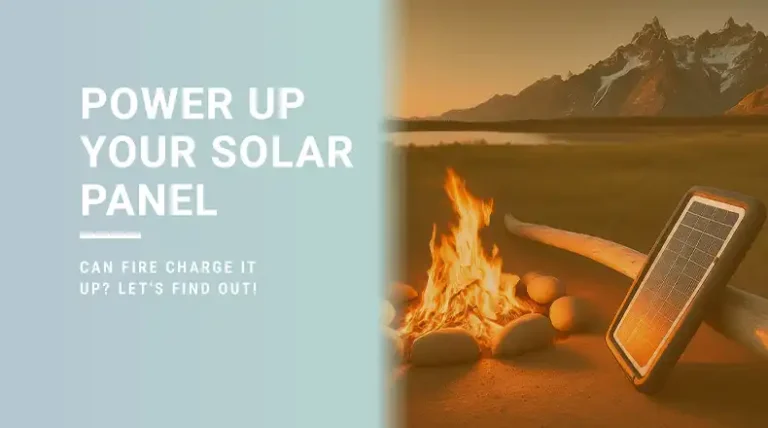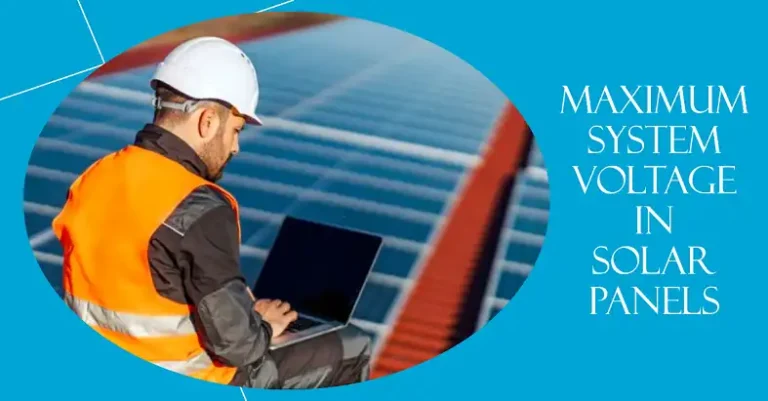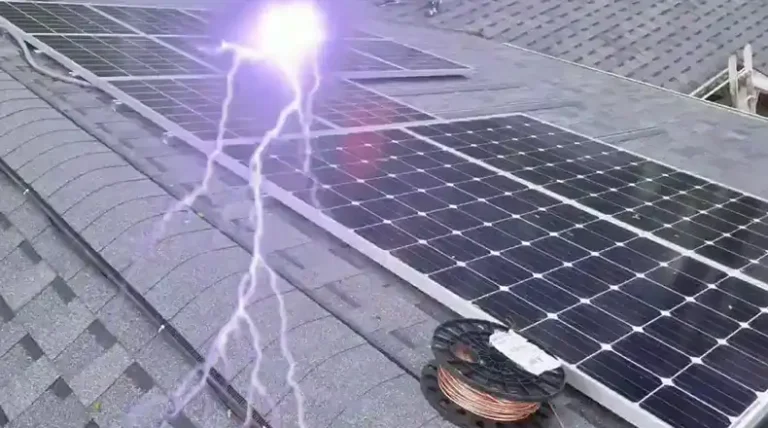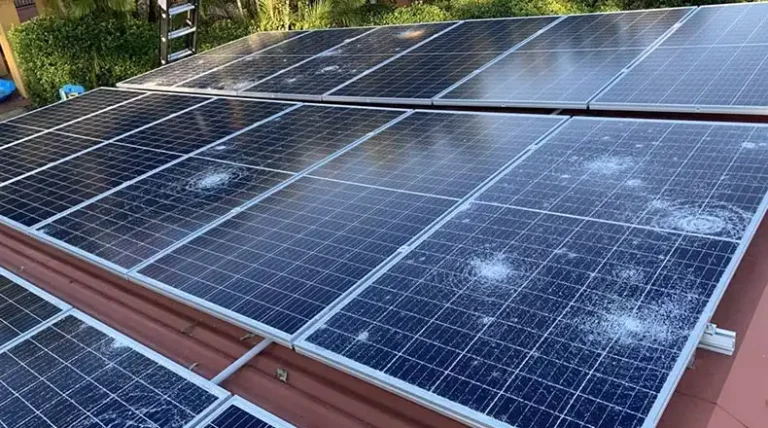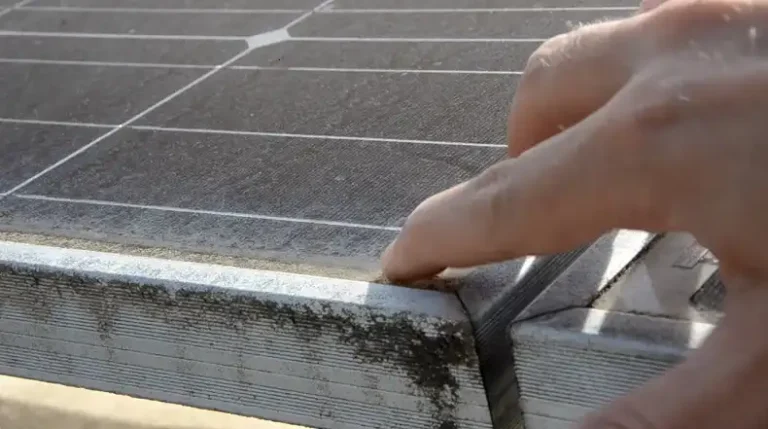Best Practices for Installing Bifacial Solar Panels | Explained
Bifacial solar panels represent a significant advancement in photovoltaic technology, offering the potential to capture sunlight from both their front and rear surfaces. This innovative design can increase energy yield by 5-30% compared to traditional monofacial panels, making them an attractive option for many solar installations. However, to maximize their performance, proper installation is crucial. This article will explore the best practices for installing bifacial solar panels, covering everything from site assessment to final inspection.
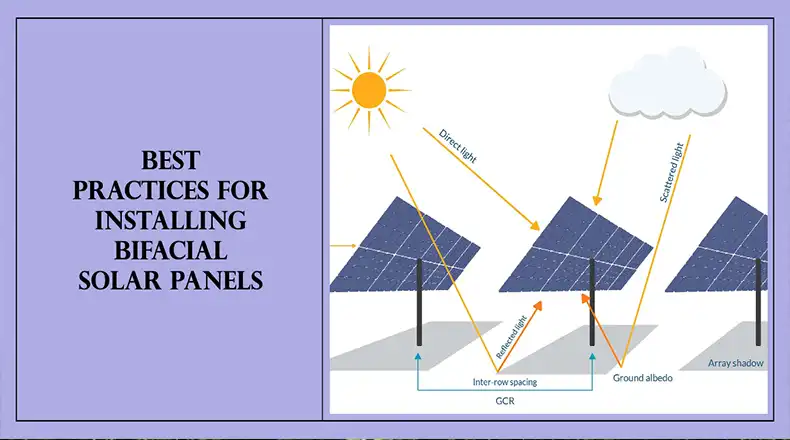
What You Need to Do Before Installing Bifacial Solar Panels?
You should start with a thorough site assessment. Use tools like solar pathfinders or 3D modeling software to map sun paths and identify year-round obstructions. Evaluate ground/roof reflectivity (target high albedo surfaces). Lastly, minimize shadows cast on the back of panels.
The next part is optimizing the system design. Set panel angle and orientation for capturing both front and rear sunlight. Consider a steeper tilt angle for bifacial gain (compared to monofacial). Increase row spacing for rear-light access, balancing space, and production.
After that choose mounting hardware that complements bifacial technology. Select slim, open-racking systems to maximize rear exposure. Ensure proper ventilation is maintained for optimal panel efficiency.
What Are the Best Practices to Install Bifacial Solar Panels Effectively?
To achieve the best results with bifacial solar panels, follow these detailed best practices –
1. Optimize Panel Height and Clearance
Elevate bifacial panels higher than you would monofacial panels. A minimum height of 1 meter (3.3 feet) above the ground or roof surface is recommended for ground-mounted or flat roof installations. This increased height allows more reflected light to reach the rear of the panels and reduces the risk of lower-edge shading.
For pitched roof installations, maintain a clearance of at least 10-15 cm (4-6 inches) between the roof surface and the panel’s backside. This gap promotes airflow and allows for some light reflection.
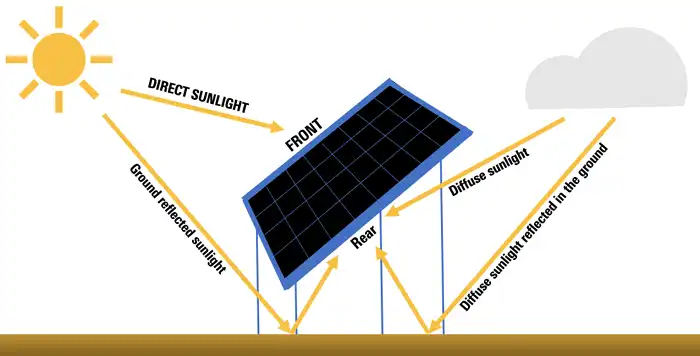
2. Maximize Albedo
Enhance the reflectivity of the surface beneath the panels. Consider adding white gravel or light-colored stones beneath the array for ground-mounted systems. This can increase albedo from 0.2-0.3 to 0.5 or higher.
On flat roofs, use white or light-colored roofing materials or apply special reflective coatings designed for solar installations. For agricultural settings, some crops (like certain varieties of lettuce) have higher reflectivity and can boost bifacial performance.
3. Implement Optimal Row Spacing
Increase the space between panel rows to allow more light to reach the rear surface. While this reduces the overall system density, it can significantly improve bifacial gain. A good rule of thumb is to aim for a Ground Coverage Ratio (GCR) of 0.3 to 0.5, compared to the 0.5 to 0.7 typically used for monofacial systems.
4. Use Transparent or Reflective Racking Components
Select racking systems with materials that either allow light to pass through or reflect it onto the panel’s rear side. Choose light-colored or reflective materials for purlins and rails. Opt for transparent or translucent wind deflectors if they are required. Minimize the use of opaque components that could cast shadows on the rear of the panels.
5. Carefully Plan Wire Management
Route cables along the sides of panels or racking components to minimize shading on the rear surface. Use clear or light-colored cable ties and conduit where possible. Consider using special wire management solutions designed for bifacial systems that minimize rear-side obstruction.
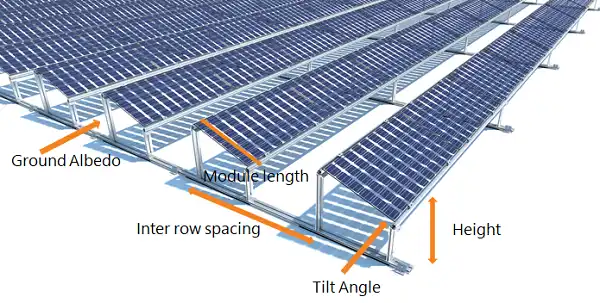
6. Adjust the Tilt Angle for Bifacial Optimization
The optimal tilt angle for bifacial panels may differ from monofacial installations. In many cases, a slightly steeper tilt (5-10 degrees more than the latitude angle) can improve overall energy yield by increasing rear-side production. Use advanced modeling software that accounts for bifacial gain to determine the ideal tilt for your specific location and installation type.
7. Consider Tracking Systems
Single-axis tracking systems can significantly boost bifacial performance. Tracking systems can increase bifacial gain by up to 35% compared to fixed-tilt installations. Ensure the tracking system is designed to accommodate bifacial panels, with minimal rear-side obstructions.
8. Pay Attention to Panel Orientation
While traditional portrait orientation is often used, landscape orientation can sometimes be beneficial for bifacial panels. Landscape orientation may allow for better air circulation and reduced soiling on the bottom edge. It can also facilitate easier access for cleaning and maintenance of the rear surface.
Bottom Line
Installing bifacial solar panels requires careful planning and execution to maximize their unique advantages. By following these best practices, you can ensure your bifacial system achieves its full potential, delivering higher energy yields and improved ROI than traditional monofacial installations.
Frequently Asked Questions
Are bifacial panels worth the extra cost for residential rooftop installations?
Bifacial panels might be a good fit for flat or low-slope rooftops where they can be tilted optimally. Consider roof type, panel placement options, and electricity rates before deciding. For pitched roofs, the benefits may be less pronounced but still significant if there’s good clearance between the panels and a reflective roof surface.
How does snow accumulation affect bifacial solar panel performance?
Snow affects bifacial panels both positively and negatively. It can increase ground albedo, boosting rear-side production, but heavy accumulation may reduce overall output. For winter installations, consider steeper tilt angles, stronger racking, and elevated mounting to manage snow.
How do I maintain the rear surface of bifacial panels to ensure optimal performance?
Maintain the backside similar to the front but with extra care. Regularly inspect and clean for dirt, debris, or shade. Trim nearby vegetation (if applicable). Check and maintain the reflectivity of the ground under the panels.

